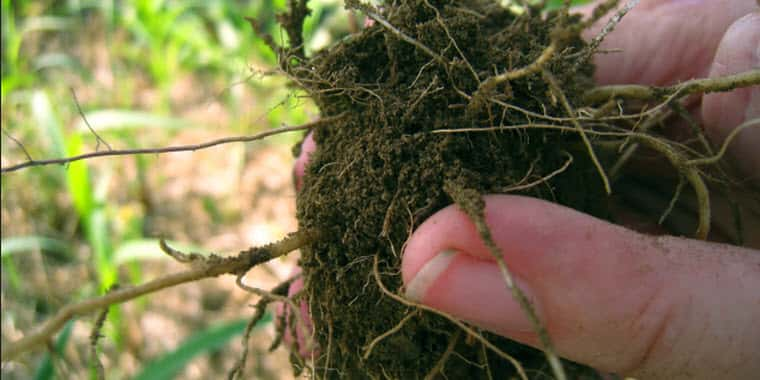Soil testing is an important part of planning for next year’s growing season. The MSU Extension Soil Fertility program recently released two online reference sheets to help interpret soil test reports and calculate optimum fertilizer rates.
“At first glance, soil test reports can seem daunting,” said Clain Jones, Extension soil fertility specialist and professor in the Department of Land Resources and Environmental Sciences. Looking for properties on soil test reports with values that are interpreted as ‘high’ or ‘low’ can help correctly focus attention on specific nutrients or issues such as salts.
Tables in the reference sheet Soil Test Interpretation can help growers learn how soil test levels impact plant production and whether the levels are low or sufficient by MSU standards. The soil nutrient level that is sufficient for crop growth is often called the ‘critical’ level. Adding a nutrient which is above the critical level will likely not increase yield, whereas adding a nutrient when levels are low, has a good chance of improving yield.
If the soil testing laboratory does not provide recommended fertilizer rates, or the lab does not use MSU guidelines, then the soil test values are used to calculate fertilizer rates using MSU guidelines. This process is outlined in Extension’s Fertilizer Rate Calculations reference sheet.
Fertilizer rates for phosphorus, potassium and micronutrients such as zinc are based on soil test values that estimate plant availability. “We provide tables that specify the amount of these nutrients that should be added, based on the crop and the soil test result,” said Jones.
Nitrogen fertilizer rate calculations can be more complicated. Plant-available nitrogen can be gained or lost relatively quickly during the growing season. Therefore, fertilizer nitrogen is not only based on crop need and soil nitrate from the lab report, but it is also adjusted for potential nitrate gains and losses specific to a given field or garden. These adjustments are based on the level of soil organic matter, the prior crop, when the soil sample was taken, and the depth of the soil sample. “We provide estimates for each of these adjustments based on Montana research,” said Jones.
Extension’s online series, The Soil Scoop, provides summaries on key soil fertility topics. To best understand soil test interpretation and calculating fertilizer rates, Jones suggests people read the more in-depth MSU MontGuides Interpretation of Soil Test Reports for Agriculture and Developing Fertilizer Recommendations for Agriculture, as well as crop-specific MSU Extension Bulletins, including guides for gardeners.
For additional information and reference sheets, visit Extension’s soil fertility site, the publications and presentations site, or contact Jones at 406-994-6076 or clainj@montana.edu.
###
MSU News Service


